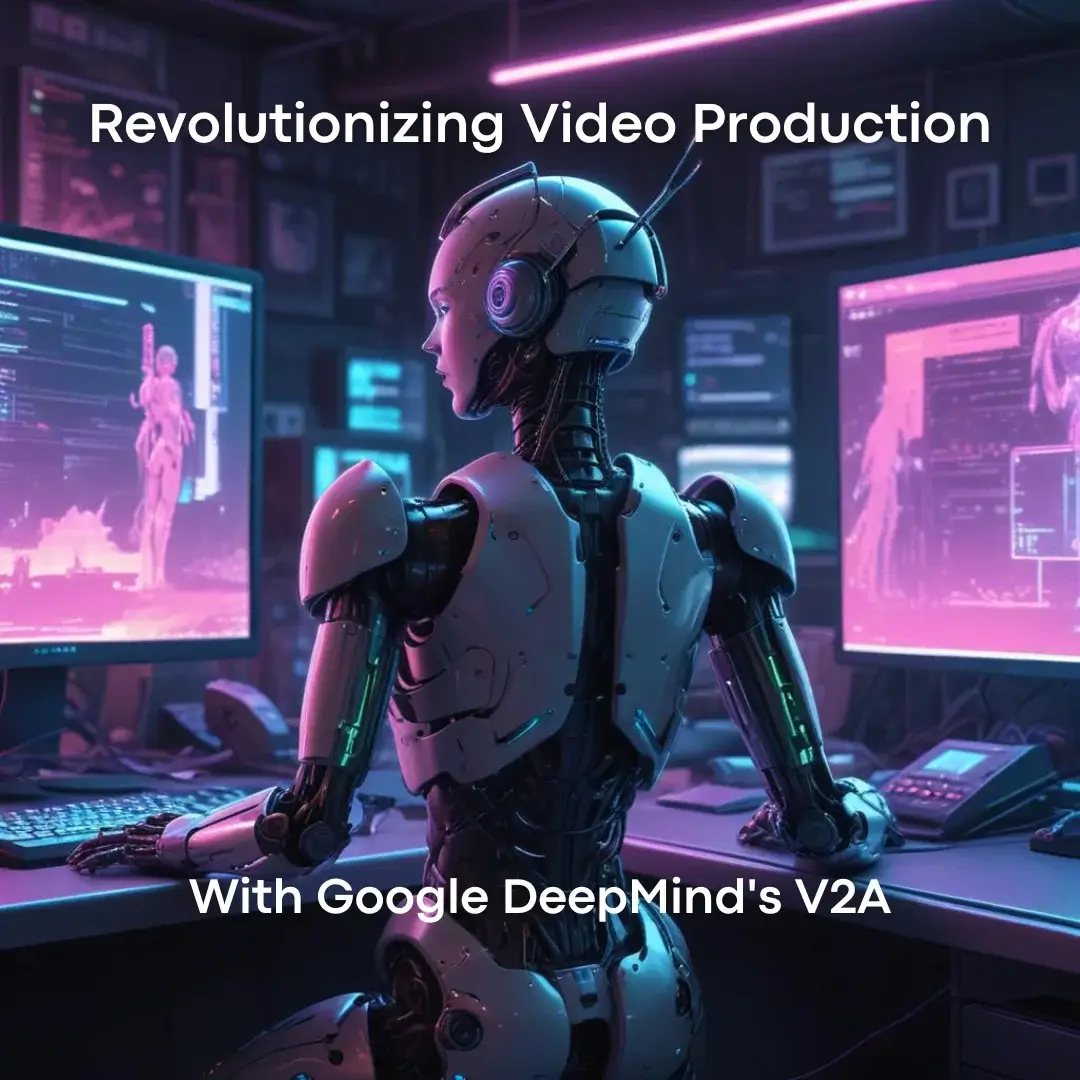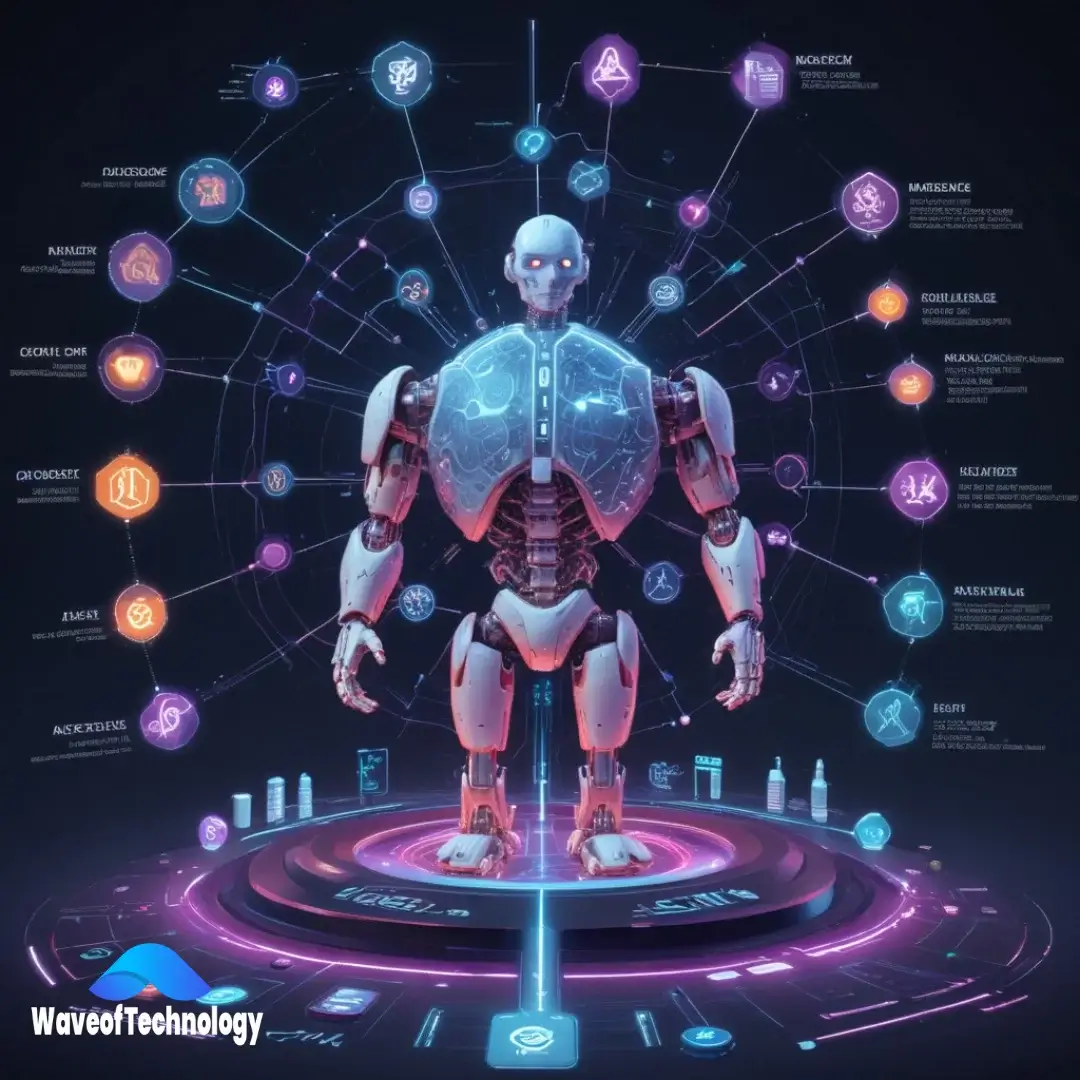Generative AI, a subset of artificial intelligence, focuses on creating new content by learning patterns from existing data. Unlike traditional AI, which is designed to follow predefined rules and perform specific tasks, this type of AI is capable of producing original and innovative outputs. This technology leverages complex algorithms, often involving deep learning and neural networks, to generate text, images, music, and even code.
Understanding Generative AI
These AI models are typically trained on large datasets. By analyzing these datasets, the models learn to understand the underlying structure and relationships within the data. This enables them to generate new content that is coherent and contextually relevant. For instance, a model trained on a vast collection of books can produce new passages of text that mimic the style and tone of the original content.
Key Components of Generative AI
1. Neural Networks
Neural networks, particularly deep neural networks, are the backbone of this technology. These networks consist of layers of interconnected nodes, or neurons, that process and transform input data into desired outputs. The depth and complexity of these networks allow the AI to understand and replicate intricate patterns.
2. Training Data
The quality and quantity of training data are crucial for the performance of these models. High-quality, diverse datasets enable the models to learn a wide range of patterns and produce more accurate and creative outputs.
3. Algorithms
This type of AI relies on sophisticated algorithms to analyze data and generate new content. These algorithms, such as Generative Adversarial Networks (GANs) and Variational Autoencoders (VAEs), play a pivotal role in the creation process.
Benefits of Generative AI
This advanced form of AI offers numerous advantages across various industries. Some of the key benefits include:
Enhancing Creativity
It can serve as a powerful tool for artists, writers, and musicians. By generating new ideas and content, it can inspire and augment human creativity. For instance, AI-generated art can provide new perspectives and styles that artists can incorporate into their work.
Streamlining Content Creation
In the realm of content creation, it can significantly reduce the time and effort required to produce high-quality content. Writers can use AI tools to generate drafts, brainstorm ideas, and even write full articles. This not only accelerates the content creation process but also ensures consistency and quality.
Personalization
AI can be used to create personalized experiences for users. For example, in marketing, AI can generate tailored advertisements and product recommendations based on individual preferences and behavior. This level of personalization can lead to higher engagement and conversion rates.
Improving Efficiency
In fields such as software development, AI can automate the creation of code, reducing the time and effort required for programming tasks. This can lead to increased productivity and efficiency, allowing developers to focus on more complex and innovative aspects of their projects.
Examples of Generative AI
This technology has found applications in a wide range of domains. Here are a few notable examples:
Text Generation
One of the most prominent applications is in text generation. Models like OpenAI’s GPT-3 are capable of producing human-like text based on given prompts. These models can be used for various purposes, including writing articles, creating chatbots, and generating creative content such as poetry and stories.
Image Creation
This AI is also making waves in the field of image creation. Tools like DALL-E can generate highly realistic images based on textual descriptions. This technology has vast potential in areas such as graphic design, advertising, and entertainment, where unique and high-quality visuals are in high demand.
Music Composition
In the music industry, AI is being used to compose original music. AI models can analyze existing music to learn patterns and styles, enabling them to create new compositions that match specific genres or moods. This can be particularly useful for content creators looking for custom music for their projects.
Game Development
AI is revolutionizing game development by creating complex and dynamic game environments. AI can generate realistic landscapes, characters, and storylines, providing gamers with immersive and engaging experiences. This technology allows developers to create vast and intricate game worlds more efficiently.
Conclusion
Generative AI is a transformative technology that is reshaping various industries by enhancing creativity, streamlining content creation, personalizing experiences, and improving efficiency. From text generation to image creation and music composition, the applications of this AI are vast and varied. As the technology continues to evolve, it holds the promise of unlocking new possibilities and driving innovation across different fields. By leveraging its power, businesses and individuals can harness its potential to create original and impactful content, ultimately paving the way for a more innovative and creative future.








